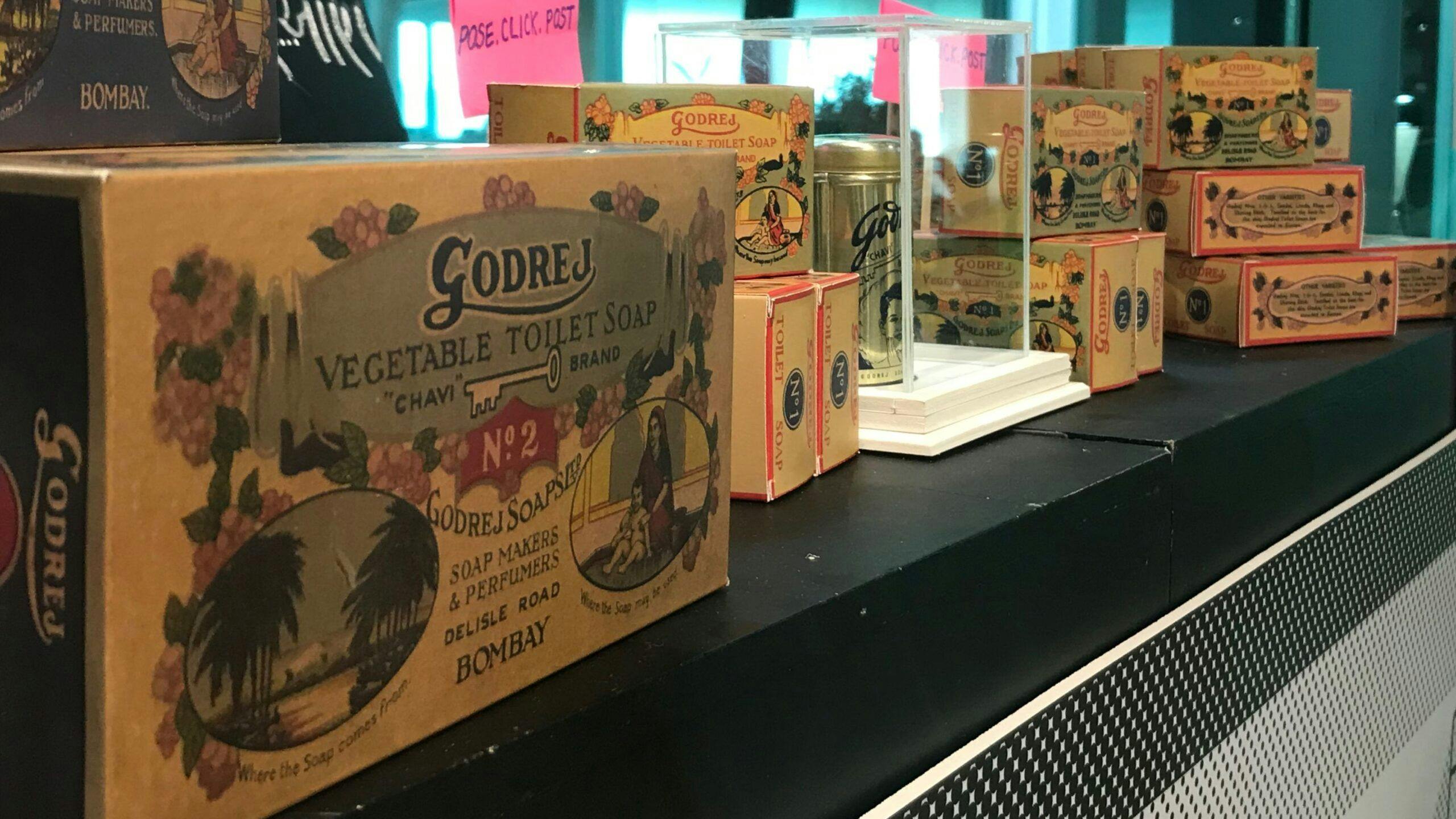A ‘Soap Opera’ Worth Visiting
BOOKMARK
In the early to mid-20th century, homemakers in America found new meaning in their day as radio and then television brought drama to their drawing rooms. As women cleaned and washed and vacuumed, they fed off the melodrama being generously dispensed over the airwaves.
Well, so did soap and detergent companies, which had found the perfect audience to advertise their products – stay-at-home wives and moms, who were presumably cleaning their homes as these emotionally charged serials played out. Ergo, the term ‘soap opera’ enters our lexicon, becoming synonymous with daily television dramas, which whipped up a lather with their complex storylines, myriad characters and emotional sub-plots, making them all the rage.
But what’s the India connect?
Here, in India, Godrej Soaps was a prominent sponsor of popular television serials such as Buniyaad, Mahabharat and Rajni in the 1980s. Later, with the rise of satellite television in India, American daytime dramas found their way into Indian homes. Repeating the American model, Godrej Soaps started advertising in these serials as well, cementing the position of the ‘soap opera’ in the Indian psyche. We learnt this and many other interesting facts at ‘Soap Opera: A Hundred Years of Godrej Soaps’, an exhibition at The Hubble, at the Godrej campus in Vikroli, Mumbai.
The exhibition, which commemorates the centenary of soap-making at Godrej, has put together a collection of interesting advertisements, videos, photographs, catalogues, packaging, documents and objects that have played a role in the 100-year journey of Godrej Soaps. The exhibition, which kicked off on 26th December 2018, is open till 24th January 2019.
The Godrej Group was founded in 1897 by Ardeshir Godrej, who introduced the first locks with lever technology in India. Always looking to innovate, Ardeshir was also the first to make soap from vegetable oils as opposed to using animal fat as was the practice the world over at the time. This was a huge leap in a country like India, where a large section of the population was vegetarian.
The lock-making legacy of Godrej was so strongly established by 1918 that the first soap the company manufactured was a washing soap called ‘Chavi Bar’ after the word for ‘key’ in Gujarati. When the soap launched, it faced stiff competition from popular, imported European brands.
To counter this, Ardeshir stressed that the soap was ‘Indian’ and made using vegetable oils. He even distributed pamphlets in Gujarati called ‘Vacho ane seekho’ (’read and learn’), which explained the process of making soap with vegetable oil. This was an extremely bold step since he was giving away the process on which the business was based but it helped build trust, which has sustained to date.
Ardeshir’s soap was much more than a bathroom innovation; it was also a political statement. These bathing bars were seen as a significant step in self-reliance and a vote against the economic repression of the colonial government.
As the Independence movement gained steam and emphasis was placed on swadeshi products, Godrej came to the forefront with its locally produced vegetable oil based soaps. These were even championed by the likes of Annie Besant, Rabindranath Tagore and Mahatma Gandhi.
The exhibition brings out many anecdotes, like how Harilal Gandhi, the Mahatma’s prodigal son, once took it upon himself to market Godrej’s soaps as a part of the swadeshi movement. Or how Godrej manufactures every ingredient required to create the complete product, including the packaging.
We learn many facts about the soaps as well. Launched in 1922, the ‘Godrej No 1’ soap had two precursors – Godrej No 2 and Godrej No 3. These were the first toilet soaps Ardeshir had made and, oddly enough, were launched a couple of years before No 1. When they hit the market, R&D on the bathing bar was still underway and culminated in Godrej No 1 two years later.
Asked about peculiar name of these products, Ardeshir famously said, "If people find No 2 so good, they will believe No 1 to be even better when it launches!” The popularity of the soap endures as the bar is sold even today.
Cinthol is arguably one of the most masculine soap brands today but it was only in the ’80s that it acquired its macho image, 30 years after its launch on Independence Day in 1952. The name itself comes from combining (synth)etic with phen(ol). However, Burjor Godrej decided to replace ‘synth’ with ‘cinth’ since it was perceived as more marketable and ‘warmer’’.
The 1950s through ’70s were an era of industrial growth and optimism, and machines and factories were symbols of a New India. Noted industrial photographer Mitter Bedi photographed the R&D as well as the soap-making processes at the Godrej plants in the 1970s, some of which form a part of the exhibition.
The exhibition showcases many advertisements for Godrej Soaps and offers an interesting glimpse into past advertorial practices. Starting with a bearded Rabindranath Tagore’s image, a demure sari-clad Madhubala, a macho Vinod Khanna, a confident Dimple Kapadia, to a young and vivacious Lisa Ray, these advertisements of yesteryear give us insights into how the vision of advertising shifted as society evolved.
A particularly poignant exhibit is an advertisement featuring Neerja Bhanot, the flight attendant immortalised in the eponymous movie. She is dressed in a brilliant white sari in a print advertisement for Godrej’s clothes detergent Besto.
The exhibition includes many interesting objects like rate lists, distributor incentives, a container for a shaving stick from the 1950s, marketing data from the 1960s, a copy of a newsletter from the ’70s and many other quaint artefacts.
The exhibition, while slathered generously with nostalgia, is a timely reminder that the mundane can also hold hidden stories and depths.










